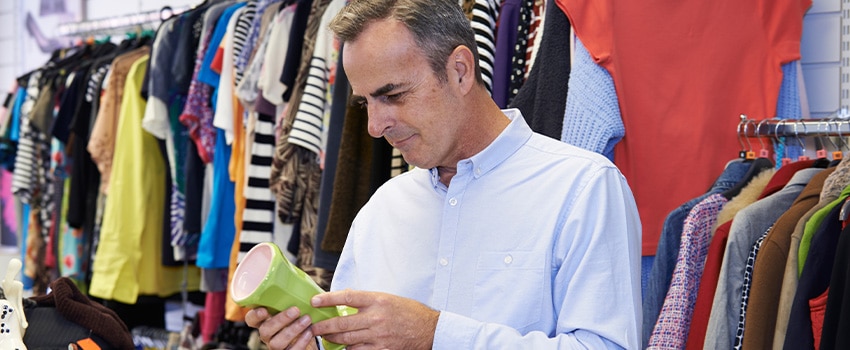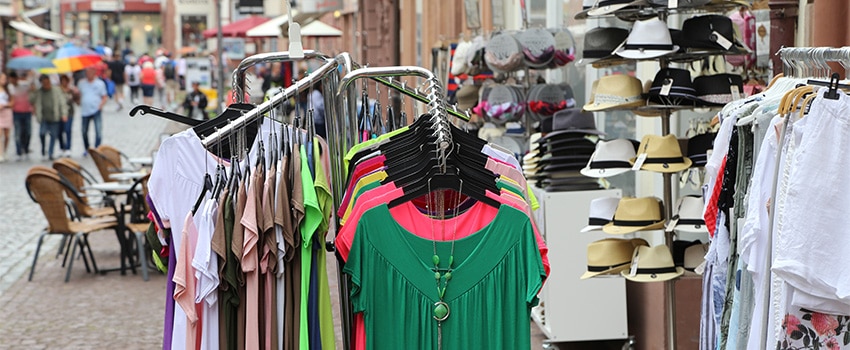Shopping at thrift stores, consignment shops, rummage sales, and other online used-goods directories is not just for the hipsters and environmentalists. It is a viable solution for anyone wanting to go eco-friendly in small ways.
Before discussing the green benefits of thrift shopping, here’s how it can help you in several other ways:
- It Saves You Money. Thrift clothes are far more affordable than brand-new items of comparable quality.
- Smarter Buys. You tend to spend more time looking over every item instead of buying one outright.
- Unique Finds. It is highly unlikely that anyone else is walking around wearing the same clothes, shoes, or accessories like yours.
- Creative Potential. You will be inspired to try new combinations, or even do DIY reconstructions.
Aside from low prices and unique vintage finds, many people are attracted to thrift shopping to intentionally help save the environment.
How Does Thrift Shopping Help the Environment?
Less Clothing in Landfills
More than 10 million tons of clothing in the US are being tossed to landfills yearly. The fashion business is moving faster than expected. Instead of releasing new clothes every quarter like they used to, retailers now sell new styles almost weekly at lower prices.
We now buy clothes that are easily damaged or go out of style. Studies have shown that 60% of the clothes made worldwide are made from synthetic materials, including plastic. When thrown away, they often sit in landfills for years. Recycling by shopping at a thrift store can help keep plastic out of landfills and decrease waste.
It Lowers Carbon Footprint
Textile manufacturing requires a lot of energy, right from the transportation of raw materials to the production process and disposal of unwanted items. When you buy secondhand items at thrift stores, you will prevent waste of energy and other resources.
It Aids in Water Preservation
Besides energy, water consumption is extremely high at every stage of clothing production. For example, the pair of jeans you are wearing now took roughly 1,800 gallons of water to make. Manufacturing, packaging, and transportation processes add to this cost as well.
It Reduces Chemical Pollution
About 90% of the cotton grown for textiles is genetically modified. They are heavily reliant on pesticides. In fact, 20% of pesticide use worldwide is for cotton plants. These chemicals can contaminate nearby water supplies and cause soil acidification.
Textile manufacturing also involves the use of harmful dues, caustic soda, and crude oil by-products. These go directly into rivers or lakes. Lastly, the production of synthetic fibers releases nitrous oxide, a greenhouse gas that is 310 times more potent than carbon dioxide.
By switching to thrift shopping, you can help decrease water and air pollution.
It Inspires Green Living
Aside from helping save the environment, you may serve as an inspiration to other people. You can encourage others to donate and shop at thrift stores.
It Boosts Community Development
While shopping secondhand, you are most likely helping local charities instead of multinational corporations. Also, a thrift shop hires people, including disabled workers, to man stores and donation centers. This helps create more jobs and boost the local economy.
By simply switching to thrift shopping, we are making small steps towards creating a better community. If you have the privilege to choose between shopping at a designers’ retail store or a thrift shop, I advise you to think about the planet and choose the latter.
If you are in Florida or Tennessee, garb plans on visiting Haven House thrift stores and help support men patients recovering from drug and alcohol addiction.
Enjoy doing sustainable shopping!




